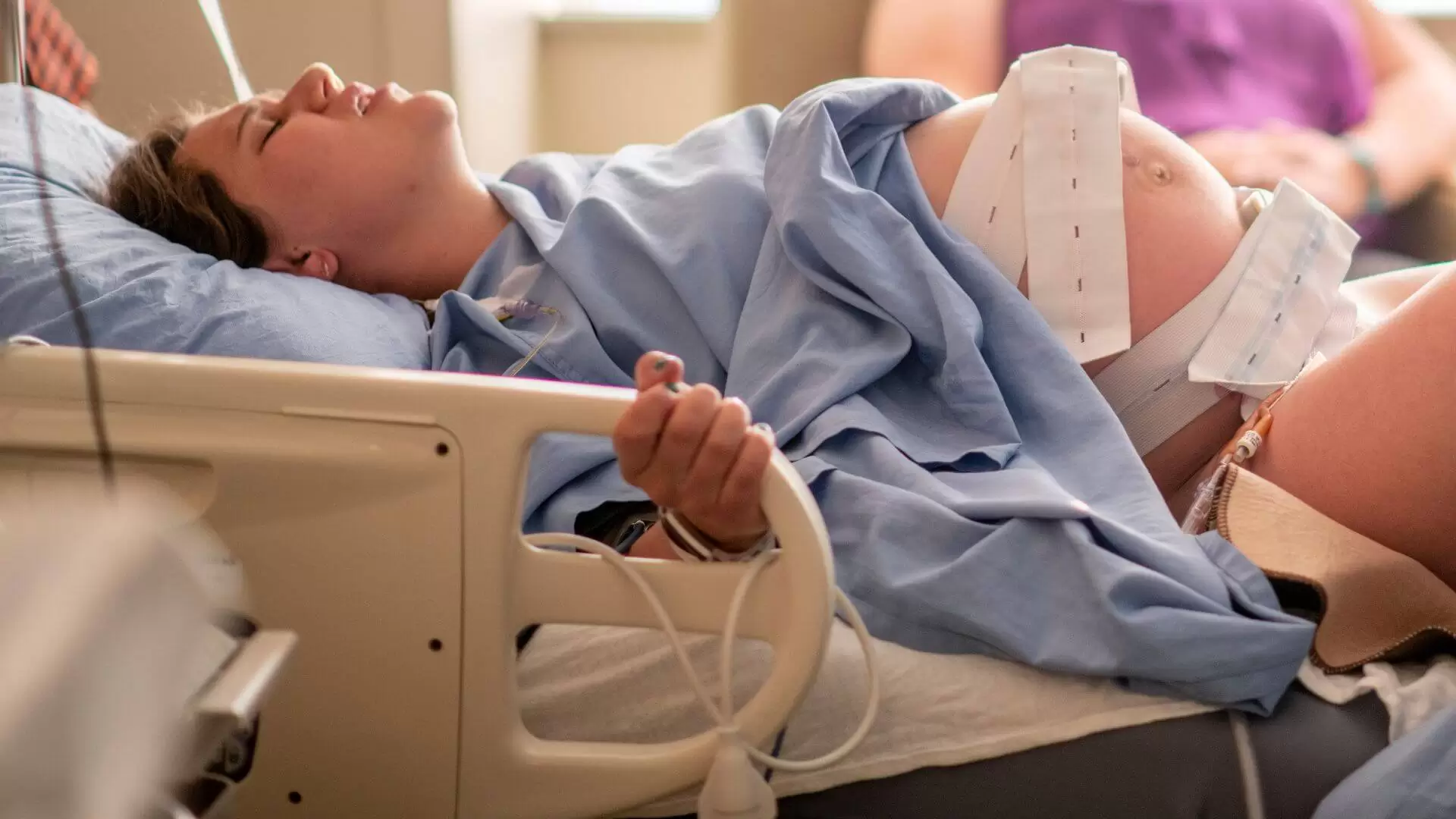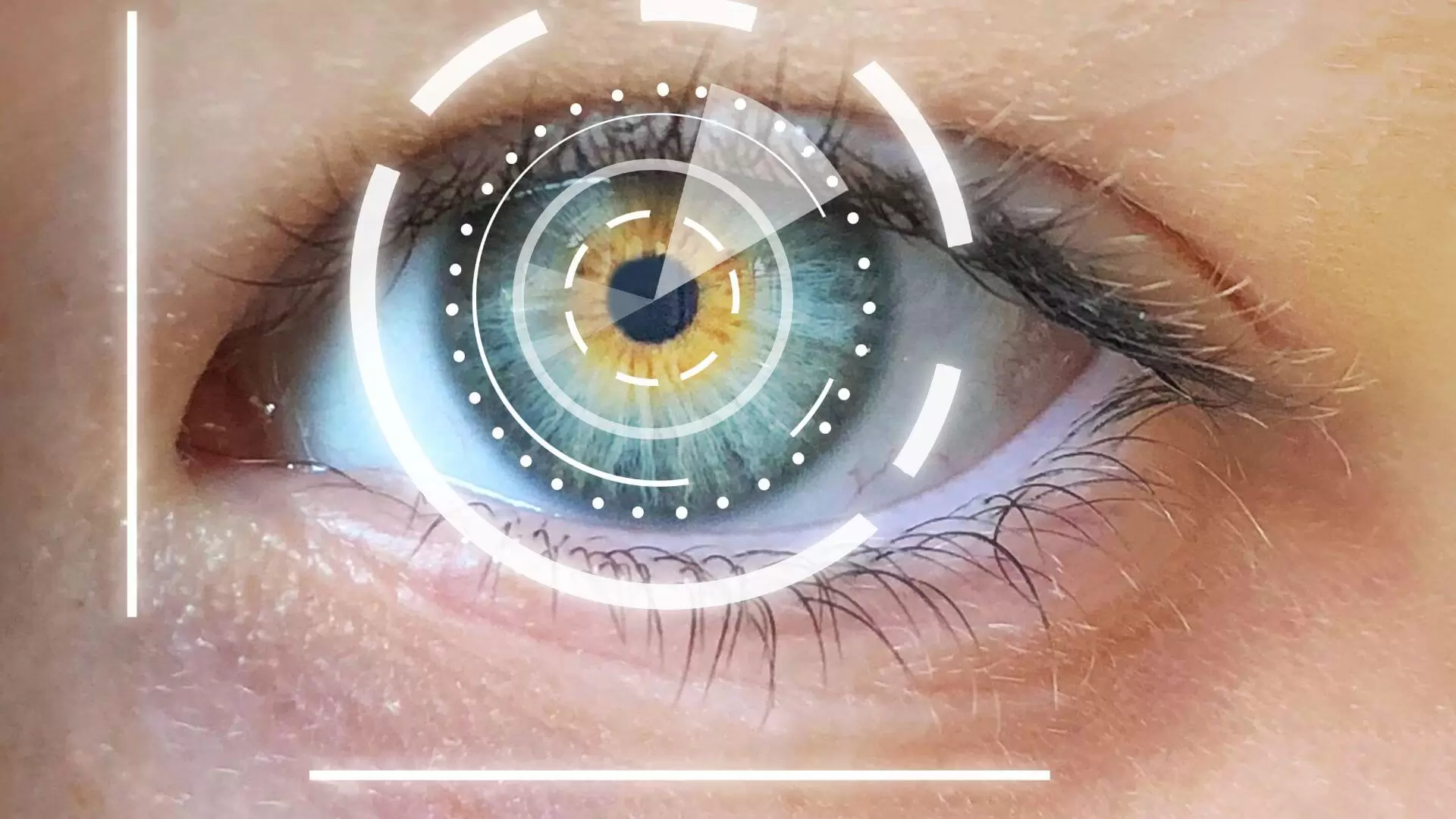The pelvic floor plays a critical role in childbearing, and the tissues and structures that sustain functional perineal trauma range from bruising, swelling, chafing, lacerations, and tears
Vaginal childbirth is a natural physiological process. We know that approximately 85% of women will experience perineal trauma after childbirth and at least 70% will require suturing. The thing to remember is that childbirth causes a series of changes in this area from stretching, bruising, swelling, and chafing to perineal tears of various degrees and episiotomies, all associated with different levels of pain and discomfort. From Lansinoh, a company specializing in maternity and lactation, tell us what its effects are and what we can do to recover.
For most women, these tears after vaginal delivery are minor and heal quickly. For some mothers, the degree of injury can be far-reaching, affecting not only the physical and emotional health of the mother, but also the attachment relationship with her baby, with implications for feeding the baby, and problems in family life and in long-term sexual relations: “ The pelvic floor plays a fundamental role in motherhood, and the tissues and structures that suffer functional perineal trauma range from bruising, swelling, chafing, lacerations and tears to complex injuries of the anal sphincter. Some even need third- or fourth-degree obstetric treatment,” he says. Paula Camarós, matron collaborator with Lansinoh Spain
EFFECTS AND RECOVERY OF PERINEAL TRAUMA
There are different steps that can promote wound healing to minimize the risk of infection, starting with conventional hygiene and continuing with the most intimate, also when going to the bathroom. The diet is equally important, trying to be continuously hydrated to minimize discomfort when urinating and consuming healthy and balanced foods such as fruits, vegetables, cereals, or wholemeal bread. To this, we must add rest and exercises for the pelvic floor.
The pelvic floor plays a critical role in childbearing, and the tissues and structures that sustain functional perineal trauma range from bruising, swelling, chafing, lacerations, and tears
Midwives, such as Paula Camarós, strive to maintain a holistic perspective of perineal wound healing and care, individualizing support accordingly throughout the early postpartum period: “ The mode of birth does not always dictate the extent of trauma, so at each postnatal visit it is important to encourage mothers to share their experience of recovery and their usual coping strategies. Advising them on what to expect and what not to expect is important to empower them and enable them to seek help when they need it.”
PERINEAL TRAUMA PAIN MANAGEMENT
New mothers usually feel some level of pain and discomfort for 2-3 weeks after perineal trauma, especially when walking, sitting, or urinating. As the sutures begin to heal they may become slightly irritated, which can create an itchy or slightly tight feeling. It is important to explain to mothers that they should expect these changes.
Stitch migration is also an element of suture that can cause irritation and the appearance of sutures in underwear or cleaning can cause anxiety if not enough information is known.
KEY FACTORS HELPING RECOVERY
Rest is essential to promote wound healing and emotional well-being, which is a challenge in balancing the care and feeding needs of a newborn, especially if the new mother has to recover from perineal trauma. Involving the “support network” will help them recognize when new mothers need help: “Simple acts like preparing food, getting medication, shopping, taking care of other children, and keeping a clean and comfortable environment are especially helpful during this time, especially since the woman’s own mobility may be reduced.
Feeding the baby, especially breastfeeding, can be complicated due to the mother’s pain and discomfort, and getting into a comfortable and sustainable position to feed can be challenging. Changing the position to feed the baby throughout the day can alleviate discomfort from a prolonged stay in one place.


